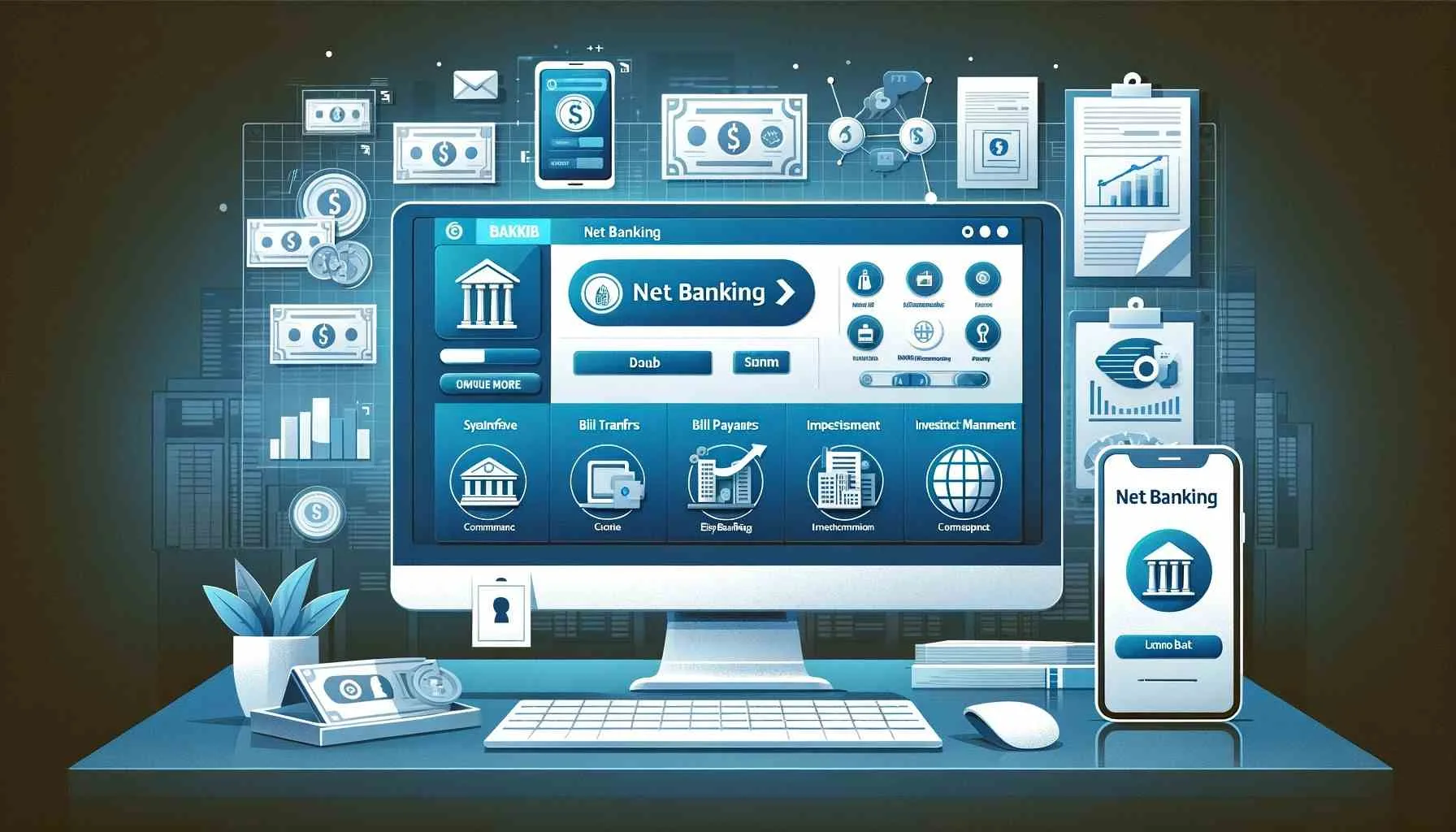Last updated on January 5th, 2023 at 11:13 am
Thanks to the COVID-19 pandemic, digital banking services received additional impetus for development in 2020. Thus, it is no wonder that 64.6% of US citizens embrace online banking in 2021. (Statista)
Having been locked at homes for nearly a year, people started changing the financial habits rooted in their daily routine. And, finally, discovered the full potential of digital-only banks with quick transfers, reasonable cost, real-time analytics.
Whether you are an owner of a digital-only bank card or still consider obtaining it, you might be curious to know the latest trends to watch out for in 2023. Here we are to help you.
- Customer-centric service
52% of customers expect offers to always be personalized. Because, eventually, we are all interested in companies and institutions that care and cherish us. Therefore, the first upcoming trend next year is very likely to be connected to the development of a customer-centric mindset.
Fortunately, it is not an uphill battle for the financial sector, which is mostly digital-first, to make customer-centricity their main priority. Digital banks can fulfill ideas that solve the problems of the customers thanks to innovative solutions.
- Radical transparency
Financial institutions always need to initiate to build trust with their customers. It is an indispensable element in facilitating financial transactions. As it is given in the 2020 Trust Fund Annual Report, trust is a core strategy to provide sizable financial resources and cherish transparent communication between the bank and it’s clients.
Respectively, banks will fall back on radically transparent products to create a more open and honest environment. Yet, such a blunt attitude will require banks to take measures related to confidentiality. Needless to say, revealing all information would be against the law.
- Movement to cloud computing
According to Capgemini, banks are going to enter the cloud computing arena slowly and cautiously. The reason for that is data confidentiality, security, and regulatory compliance.
However, the advantages are extensive:
- Cost savings
- Usage-based billing
- Business continuity
- Business agility
- Green IT
- Automation of services
Gartner forecasts that the Robot Process Automation (RPA) software revenue is anticipated to escalate by $1.89 billion in 2021. Apart from that, there is also machine learning and blockchain growing at unprecedented scale and speed.
This increasing trend is due to efficient financial markets management. Adopting automation in digital banking means eliminating human-occupied posts, enhancing greater accuracy and improving customer experiences.
- White label online banking
White label banking software serves to create digital banking solutions and deliver top-notch reliable products and services from financial institutions in all popular formats not in months but days.
Сrassula offers a variety of white label solutions, providing banks with the ability to deliver top-notch consumer financial services, quick banking software set up, real-time monitoring and easy integration.
- Personalized customer experience
Nothing can’t frustrate us more than AI and machine learning (ML) leveraged by financial institutions that seem like robots. For example, 90% of U.S. consumers think of marketing personalization as something very or somewhat appealing. (Statista)
Digital banking is about providing better personalization of responding to unique and individual requirements without revealing its AI nature.
- Ai
Digital-first companies answer their customers’ demands more quickly with upgrades to newer technologies. McKinsey explains “AI can potentially unlock $1 trillion of incremental value for banks, annually”.
Indeed, it is essential for data storage, its processing, real-time analytics, increasing access and connectivity. So, it is very likely that in 2023 a majority of banks will remove obsolete practices and modify it with the deployment of AI.
- Security and privacy
Unfortunately, banks are the target of 47% of financial data breaches. (Fortunly) Malware activities mostly occur because of unreliable third-party apps or a lack of protocols.
That’s why in the future we should expect to observe digital banks building cybersecurity frameworks and hold training sessions that would prevent any undesired attacks.
- Cross-Platform Partnerships
Digital finance always intersects with other important industries such as healthcare, e-commerce and retail. Thus, in the pursuit of digitalization banks might want to resort to building partnerships or turning to third-party providers.
Many companies will seek digital possibilities and enter alliances to make your experience with payments and transfers easier and more organized.
- Voice-Assisted Banking
Chatbot interaction will become the main priority in the financial sector. It allows clients to execute commands and implement requests from clients quickly and efficiently. Starting from account balances, credit card payments to lost cards and loans.
“Every Bank Needs A Chatbot (Or Two) For Its Digital Transformation” writes Forbes. Voice assistance uncovers a new level of loyalty and closeness among customers and financial institutions.
Conclusion
Considering that the innovations in the financial sector appear at the speed of light, we might even see more than the trends listed above. But one thing is known for sure: digital banking will go the extra mile to simplify tedious financial tasks and ensure your financial stability.
Daria Dubinina is a CEO and co-founder of Crassula. She has dedicated more than nine years to mastering payments, e-commerce and business development. Leading strategist and entrepreneur, Daria has also led major partnership deals with top international companies. Her expertise and specialization are in payments, strategic management, international business development, financial technologies, and international regulations.

















Leave a Reply